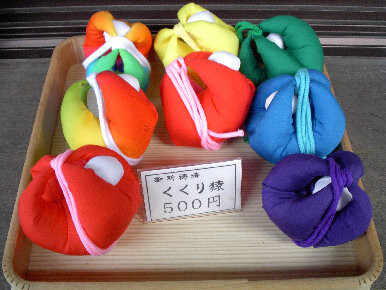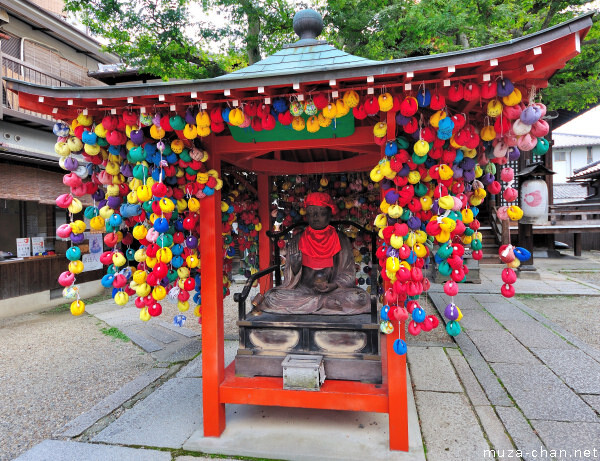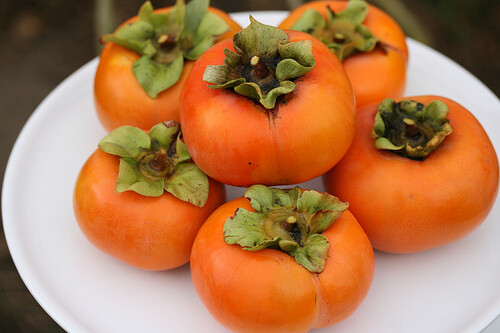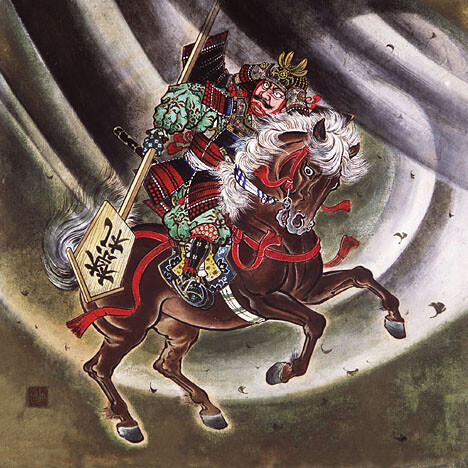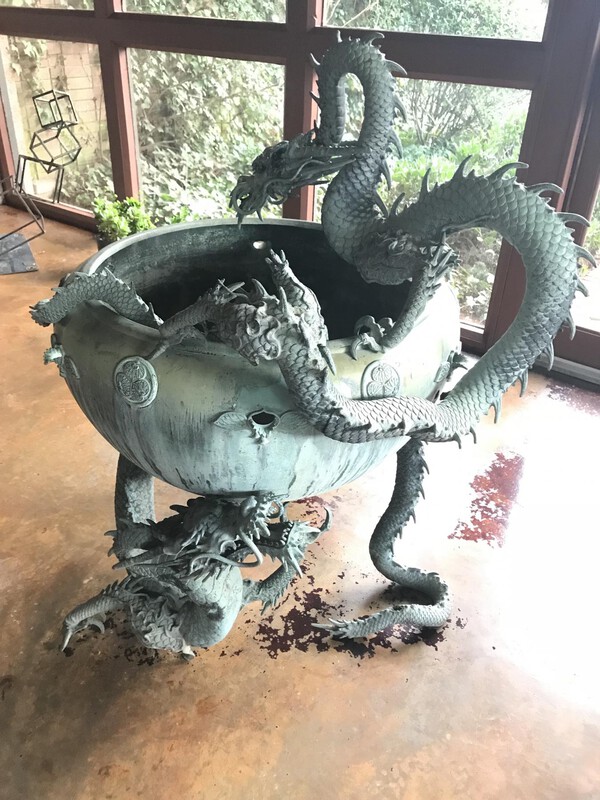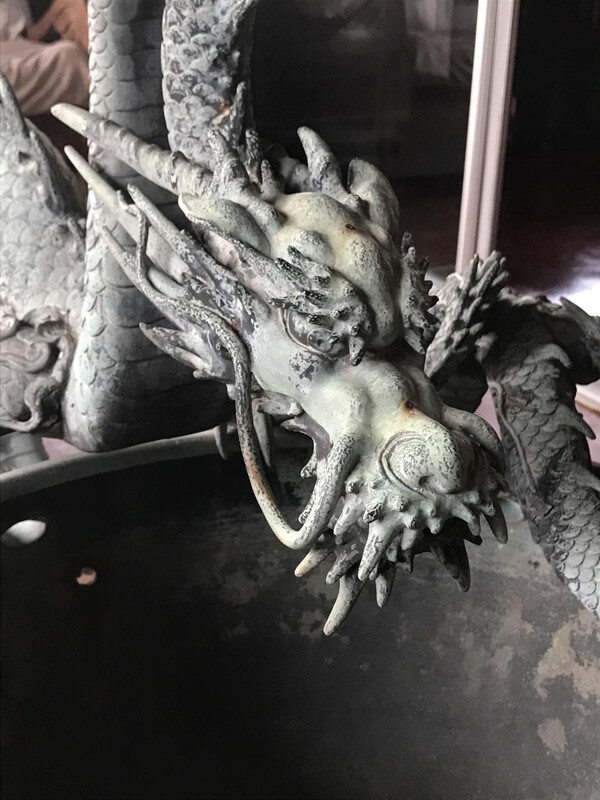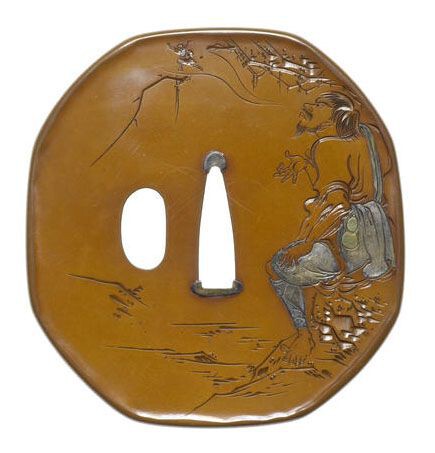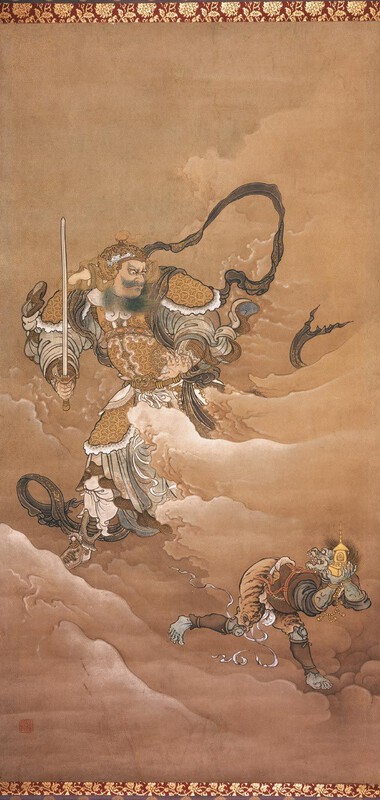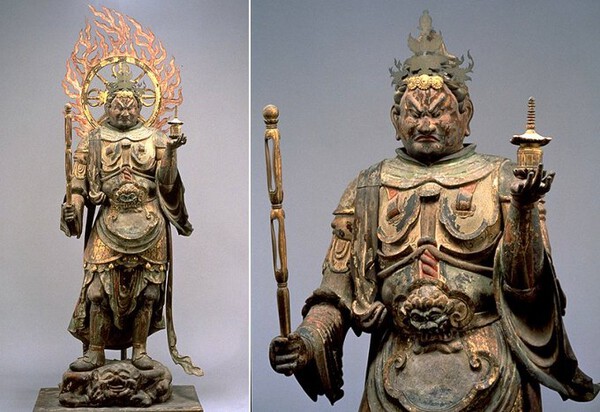-
Posts
858 -
Joined
-
Last visited
-
Days Won
7
Content Type
Profiles
Forums
Events
Store
Downloads
Gallery
Everything posted by Tanto54
-
Dear Robert, Can you provide a better picture of the front (this one is a little small and difficult to see the details)? I'm fairly sure that the element on the left front is Ikebana (a flower arrangement). The two elements on the back are definitely books. I'm guessing that the circular element on the right bottom front is a Mongolian shield (can you tell what was in the middle of the circle or is it too worn?). Without a better picture, I don't know if I'll be able to offer more. So far the only theme that I can come up with is the roots or history of Ikebana (with the Dragon representing China and the Mongolian Shield representing Korea - Ikebana came to Japan with Buddhism from China via Korea). I don't have much confidence in that interpretation, but it's the best I can do with these photos.
-
Dear Andy, No problem. I believe the owner of Collectors is named Mike Clark, and he was friends with Paul Goodman (one of the great Tosogu collectors in the 70s & 80s). Paul passed away a few years ago, and I believe that Mr. Clark got some of his collection (other parts were sold through Sotheby's or Christie's Auction Houses). Having seen Paul's collection many years ago, I have recognized a lot of his pieces on Mr. Clark's website over the past few years. I've been to Collectors and purchased items from them over the past 30 years, but I only met Mr. Clark once. I have seen very nice, high end Tosogu there, but his focus is high end guns so he may not keep all of his tosogu online or up to date. Send them a picture, and they'll let you know if they still have that piece.
-
Dear Andy, If it's Collector's Firearms, he's legitimate (sorry, not in Houston anymore, or I'd double check for you).
-

Intrested In What You Guys May Think About This Kurikata
Tanto54 replied to Nihontocollector19's topic in Tosogu
Dear Andrew, The Kukurizaru motif is a stylized monkey "doll" with its hands and feet bound together representing the control of inner mischief and desire. The Kōshin faith believes that desires prevent or get in the way of accomplishing one's goals. Therefore, one must sacrifice their desires to accomplish their goals (or have a wish granted). The ball in between the bound arms and legs represents the sacrificed desire. In some cases, people write their sacrificed desire on paper, roll it into a ball and insert it between the bound arms and legs of the cloth doll. The Kukurizaru is used as an amulet and hung from purses and cellphones or left hanging in a temple. It is a common motif on tosogu and is often misinterpreted as an apple. -
Dear Richard, While I think Chris may be right (and his Ama collecting guess - and picture - is better than mine), I can't justify the inclusion of the tree or blossoms/fruit with the Ama or collecting interpretation. Perhaps you should explore the Japanese fable "Saru Kani Gassen" (the Battle of the Monkey and Crabs). That story features a Kaki (persimmon) tree, an anthropomorphic monkey and several crabs. To me, your tsuba tree looks like a Kaki (persimmon), and the figure could be an anthropomorphic monkey. What's on his back?
-
Dear Blagoy, I agree that the figure on the Kashira looks a lot like Shoki, but in this case, I'm sure that it is Watanabe No Tsuna. The clues are the amputated demon arm ("Oni" have three toes or fingers with claws) and the signpost on the Fuchi (reading "kinsatsu" or "prohibited" - wrong kanji - see explanation at bottom...). This is the story of Ibaraki-doji (demon, oni, witch) and Wantanabe No Tsuna and their fight at the Rashomon Gate. Here's the story from the Internet: According to legend in the late 10th century of Heian Period Japan, Ibaraki-doji, a notorious Oni, resided at Rashomon Gate in Kyoto. Ibaraki-doji harassed people who tried to pass through the gate until a heroic samurai named Watanabe no Tsuna, a loyal retainer of Minamoto no Raiko, went to subdue the creature. When Tsuna arrived at Rashomon Gate [in many versions Tsuna is carrying a sign that says "kinsatsu" or 'prohibited' see pictures below] he was attacked by Ibaraki-doji. However, Tsuna was a strong and valiant swordsman who was able to defend himself against the ferocious attack. The battle raged on until Tsuna drew his katana and severed the arm of the demon. Screaming in pain Ibaraki-doji ran away from Tsuna, leaving the severed arm behind. Tsuna swept up Ibaraki-doji's arm as a trophy. When he arrived home at his mansion he wrapped up the severed arm and locked it away in a chest. A few days later, an elderly woman claiming to be Tsuna's aunt, Mashiba, came to visit him. During the conversation, she aunt asked her nephew to recount how he fought with the demon, and when Tsuna mentioned that he had the severed arm in his possession, his aunt was curious and asked to see it. The unsuspecting Tsuna brought out the chest with Ibaraki-doji's arm inside and when he removed the arm, his aunt revealed herself as being Ibaraki-doji in disguise. She grabbed the arm and escaped from Tsuna's mansion. Tsuna was astonished that Ibaraki-doji had posed as his elderly aunt and did not give chase. However, even after retrieving the arm, Ibaraki-doji never returned to dwell at Rashomon Gate again. Note on "misspelling": There is a curious element to this print. The sign board has the characters 金札 (kinsatsu) on it. 札 can be translated as 'placard'. However, there are two copies of vertical diptychs by Yoshitoshi in Lyon Collection, #s 1351 and 1380, which show the same sign board, but with different characters on them - 禁札.
-
Just a guess, but do they bid against you until they win and then cancel the last bid?
-
Dear Bapak Ridhansyah, Selamat Pagi, sorry, but this is definitely not a Japanese sword.
-
Dear Ford, It's made in the style of Yokoya Soyo II, but I believe that it's a copy (or it was done by Somin, his master, who was not as good at katakiribori as Soyo II - a controversial opinion I know...). P.S. Thanks for the two fun challenges in the last few days!!!
-
Ok - one more. Just rung in the New Year by taking an ice cold shower to purify myself for the New Year - another Japanese New Year tradition (depicted by the water well and bucket on the back of the Kozuka).
-
Dear Ford, Nice New Year's challenge. I'll try for one of the less obvious elements and leave some of the fun for others (e.g., look for Tsuru, Matsu & Minogame). On the Ura (backside), the far right element appears to be the Yuzuri plant, the leaves of which are used in New Year's decorations to symbolize longevity of the Father (a Yuzuri leaf does not fall until its replacement has grown - meaning the New Year's wish that the Father won't die until the Son is full grown).
-
Dear Brian, My "ookii-okimono" (Dragons & Urn) is a chozubachi from a temizuya (a water fountain used to perform ablution or to wash your hand/mouth before praying in a Shinto Shrine - for example in a large public shrine or a private shrine in a daimyo's garden). The Dragon on top has a pipe running through its body and into its mouth. In use, water would have run out of it's mouth into the urn below, which was filled with water that then ran out of the spouts around the urn into a pond below. The patina arose from hundreds of years of exposure to water and the elements. This particular chozubachi was already an antique when it was taken from Japan in the late 1800's and installed as a central fountain in an estate in the US.
-
-
Dear Patrice, It's Chinese - count the number of toes on the dragon (Japanese is Three; yours is Chinese...)
-
Dear Christophe, I finally remembered the story about the third tsuba. He is holding a needle - not a splinter. The Sennin is Bashikô (Chinese Ma She Wang), and he cured a sick dragon with acupuncture in the dragon’s mouth.
-
Dear Christophe, The 2nd Tsuba depicts Tekkai Sennin. I've written about him a few times before on the NMB. He is an immortal who can breathe out his spirit to allow it to go on long trips. Once he breathed out his spirit to allow it to visit his master on faraway Mount Hua. Before his spirit returned, someone found his lifeless body, assumed he was dead and cremated his body, scattering the ashes. Upon his return, he was forced to inhabit another recently deceased body. Unfortunately, the only available body was of a lame beggar, so he is often depicted in Kodogu as a bony beggar, leaning on his walking staff, turning his head to the side and breathing his soul out in a mist (sometimes there is a small figure of him in the mist). In your Tsuba, his spirit is shown as the funnel shaped cloud going up in the tree. The 3rd Tsuba may be Chinnan Sennin - an immortal able to conjure a dragon from a bowl. However, he is usually depicted with a bowl in his hand, and yours seems to have something different in his hand. Perhaps a splinter? I seem to remember an old story about a Sennin that removed a splinter from a dragon's mouth, but I haven't been able to find any reference to it.
-
The first tsuba is a play on Shoki and Oni. Actually it's Bishamonten instead of Shoki. Bishamonten is one of the Four Kings of Heaven who guard against attacks of demons (oni). The tsuba shows an oni who has stolen a stupa (symbolizing Buddhist law) which the guardian king usually carries in his right hand. The clues pointing to Bishamonten instead of Shoki are the stupa (which the oni is holding) and the helment/hat (Shoki wears a different hat - see pictures below). While Bishamonten is often depicted with a yari or naginata, he also carries a straight sword like Shoki. See the attached examples for the subtle differences. Bishamonten: Shoki:
-

Single Edo And Meiji Menuki Mounted On Pins
Tanto54 replied to Surfson's topic in Auctions and Online Sales or Sellers
-

Single Edo And Meiji Menuki Mounted On Pins
Tanto54 replied to Surfson's topic in Auctions and Online Sales or Sellers
Dear Robert, Congratulations - many of those are excellent. Nick had a sword he listed a while ago with a Fuchi that is a close match to one of your menuki - the one with the bell being carried by Oni in the Waves (The Bell is the Bell of Miidera - sometimes Meidira). Look for the Dragon King or Tawara Toda (Fujiwara Hidesato) (a Samurai with a dragon on his armor) and you may have a match. Also, if the "menuki" have thin metal pins on the back like wire, then they are tobacco pouch ornaments instead of menuki (and those are always single and don't come in pairs). See Nick's sword and discussion at http://www.militaria.co.za/nmb/topic/20884-probably-one-of-the-nicer-koshirae-ive-had-the-pleasure-of-owning/). -
I like Henry's suggestion too. Might be related to Buddhism's Three Jewels and the Six Paths in different configurations (showing there is more than one way to enlightenment). On the other hand, it could be proof that it is a modern tsuba with a secret message containing the evil plans of a racist organization intent on a terrorist act. For those of you who read Morse Code or who have too much time on your hands, here's the Jewels and Paths as dots and dashes on this Tsuba reading top to bottom and left to right... _._ _._ _._ _ _. _ _ . _. _
-
Dear JoJo, I may be wrong, but it looks like you might have used some kind of cleaner (later pictures in your post make the hamon (temper line) look more "etched" than in earlier posted pictures). Please follow the instructions that Grey pointed you to. Any attempts to "clean" or "polish" the blade could destroy its value. Go slow...
-
Dear Luis, really sorry that this happened to you. Hope you get the sword back. I'm surprised that something like this would happen in Berkley - the self-professed center of liberalism and coexistence (except for conservative mores, 1st Amendment rights and antique weapons...)
-
Dear Luis, I'm sure that Mr. Hudson meant "choji" (as in oil) instead of "chili".
-
We often see the name of the owner removed from kanteisho (judgement papers on blades and fittings), the family mon removed from military koshirae (handles & scabbards) and from funadansu (small sea tansu or chests - you may notice that most have a round space in iron fittings on the front door where the mon used to be - if one is still there, it is often a replacement) and other Japanese antiques. I have always heard and have been told directly by former Japanese owners that the reasons might be different for each type of item and when the name/mon was removed in history. With military swords, there was, of course, some shame in surrendering your blade, so most family mons were probably removed from military swords for that reason. With more recent kanteisho, I believe that it is more the privacy issue that Joe mentioned. With older kanteisho (and hakogaki that have been "defaced") and funadansu and other antiques, I understand that it was often out of shame at having to sell a family belonging to make ends meet in the difficult times after the Mejiishin (Meji Restoration) (perhaps the "privacy" is to avoid shame at giving up a family heirloom).
-

Update On Gold Menuki From Ginza Seiyudo
Tanto54 replied to PhoenixDude's topic in Auctions and Online Sales or Sellers
Dear Darcy, Like many others here, I really enjoy your posts and appreciate the wisdom that you share with us. I agree with almost all of your post on these menuki, but if you look very closely, you will see the equivalent of "well, here is the sprue and there is the seam from the mold and here are photos of 10 others cranked out by the same mold" - there are telltale casting bubbles in various places on these menuki, so no real doubt that they are cast. Jay shouldn't waste his money or time on more shinsa....


